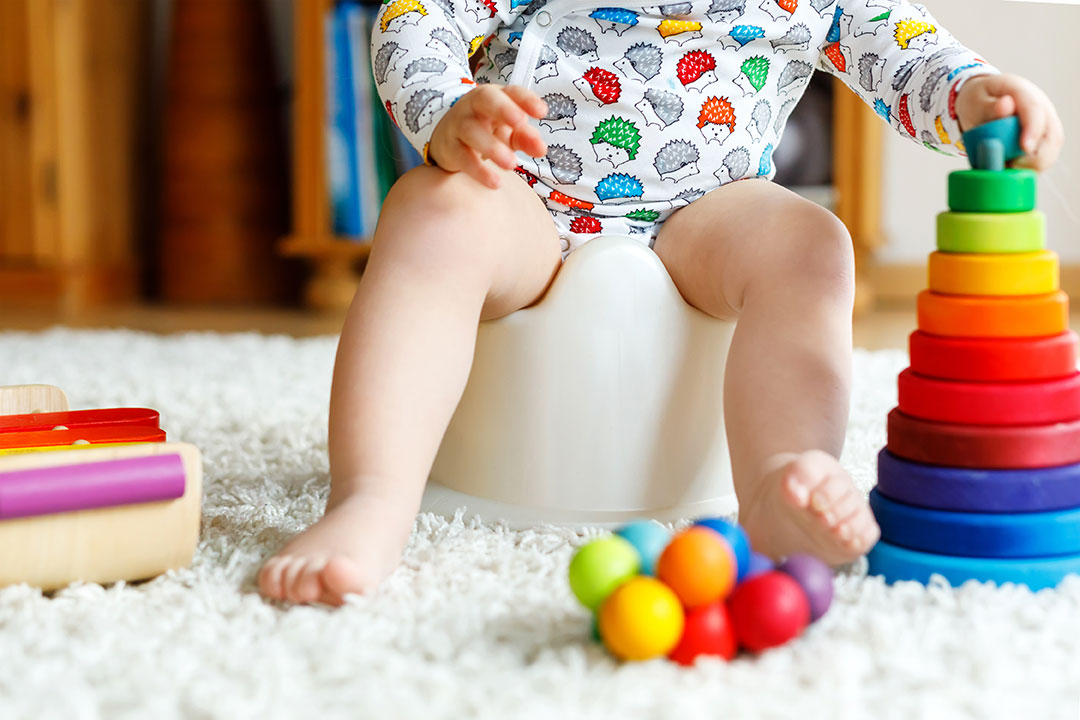The first rule of potty training is to not fear potty training. It will likely be messy. It probably won’t be easy. There will be unexpected setbacks and a few memorable surprises. But it’s OK. You’ve got this.
As a pediatrician, I have noticed that potty training is most successful when parents take this important journey in three phases: Preparation, Training and Maintenance.
Preparation Follow your child’s lead. If your child’s diaper is dry most of the time, if they are interested in what other people are doing in the bathroom, if they are asking to wear underwear or if they “hide” when they poop, it is likely that they are ready to give potty training a try. For most kids, these signs of potty readiness occur between the ages of 2 and 3½, but don’t be frustrated if your child takes a little longer to show interest.
To prepare your house for potty training, have your child participate in choosing a potty seat or toilet insert and allow them to decorate the seat to help them feel that this seat is their own. Similarly, allow your child to pick out his or her own underwear. And if you are going to use a reward system, give your child a say in what the reward will be. (Most pediatricians, myself included, advise against using food as a reward.)
The next step in preparation is perhaps the most important: Make sure all caregivers are on the same page. Day cares and preschools are often very helpful in working with you to follow a plan, and they often have a trove of resources to help your child get excited about this next step.
Training: For some parents, sticking to a schedule has proven helpful. This generally means bringing a toilet-training child to the bathroom to “try” at regular intervals (many families choose an hourly schedule). To counter resistance from kids who might not want to drop what they’re doing to head to the bathroom, setting alarms or just simply offering 10-minute warnings before potty breaks is usually effective.
The important thing here is consistency. Grandparents, parents, day care providers and others all have to stick to the same schedule. Children will be reluctant, just be patient.
When a child does successfully use the potty, go nuts! Clap your hands, whoop and holler, and let them know that this is a cause for celebration. Some families put stuffed animals in the bathroom so that they can “celebrate,” too. Others use sticker charts and reward a prize for a certain number of successes. Whatever you do, make sure the child knows that using the potty is a big deal.
Maintenance: Setbacks are common, “accidents” happen and some children, believing that a part of their body leaves them when they use the bathroom, begin to fear going potty. In all these cases, patience is your friend.
You always hear of the child who was toilet trained over a single weekend, but more often than not it can take several months. Just keep it low-pressure and low-stress. Remember that your child is still new at this. Keep everything positive, not punitive. Read stories, sing songs and offer patient reminders and explanations.
Potty training can seem intimidating the first time you go through it, but I tell parents the same thing that parents tell their children: “It’s OK. You’ve got this.”
Dr. Singh is a pediatrician with Hoag Medical Group in Irvine



